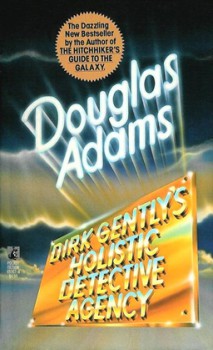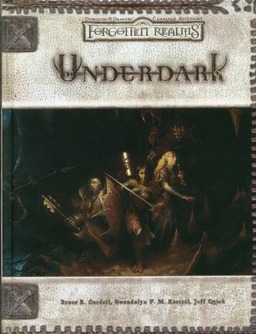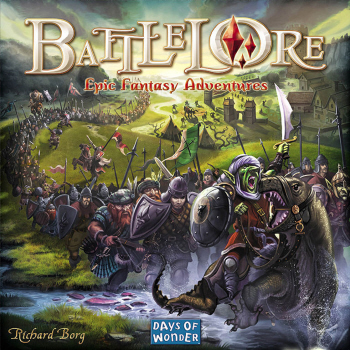Kirkus Looks at The Meteoric Rise and Fall of Gnome Press
 The legendary Gnome Press, founded by David Kyle and Martin Greenberg in 1948, put some of the most important SF and fantasy ever written between hard covers for the first time — including C.L. Moore’s Judgment Night and Shambleau and Others, The Coming of Conan and Conan the Conqueror by Robert E. Howard, Clifford D. Simak’s City, Robert A. Heinlein’s Sixth Column and Methuselah’s Children, Two Sought Adventure by Fritz Leiber, plus Arthur C. Clarke, Edward E. Smith, L. Ron Hubbard, Leigh Brackett, Murray Leinster, A. E. van Vogt, and dozens of others. It kept the genre’s most important writers in print, at a time when they appeared only in magazines, and in the process introduced them to a whole new generation.
The legendary Gnome Press, founded by David Kyle and Martin Greenberg in 1948, put some of the most important SF and fantasy ever written between hard covers for the first time — including C.L. Moore’s Judgment Night and Shambleau and Others, The Coming of Conan and Conan the Conqueror by Robert E. Howard, Clifford D. Simak’s City, Robert A. Heinlein’s Sixth Column and Methuselah’s Children, Two Sought Adventure by Fritz Leiber, plus Arthur C. Clarke, Edward E. Smith, L. Ron Hubbard, Leigh Brackett, Murray Leinster, A. E. van Vogt, and dozens of others. It kept the genre’s most important writers in print, at a time when they appeared only in magazines, and in the process introduced them to a whole new generation.
Andrew Liptak at Kirkus Reviews has dug into the history of the press with an excellent piece, part of his ongoing look at the origins of SF and fantasy in America. Here’s his retelling of one of Gnome Press’s most famous acquisitions:
In 1950, Isaac Asimov began looking for a new home for some of his short stories… Rebuffed by his current publisher, Doubleday (who wanted new material, rather than repackaged short stories), Asimov approached Greenberg, who was eager to publish his stories. Asimov pulled together nine of his robot stories… into a single volume called I, Robot. Gnome released the collection at the end of 1950, with some of the stories reworked to include his character, Susan Calvin, telling a larger story of the evolution of robotics. The collection was a successful one, and Asimov brought Greenberg another series of books for which he would be well known: Foundation. First serialized in magazines, Gnome brought Asimov’s Foundation trilogy to hardcover between 1951 and 1953.






 And so, my first Kickstarter adventure comes to a close.
And so, my first Kickstarter adventure comes to a close.
